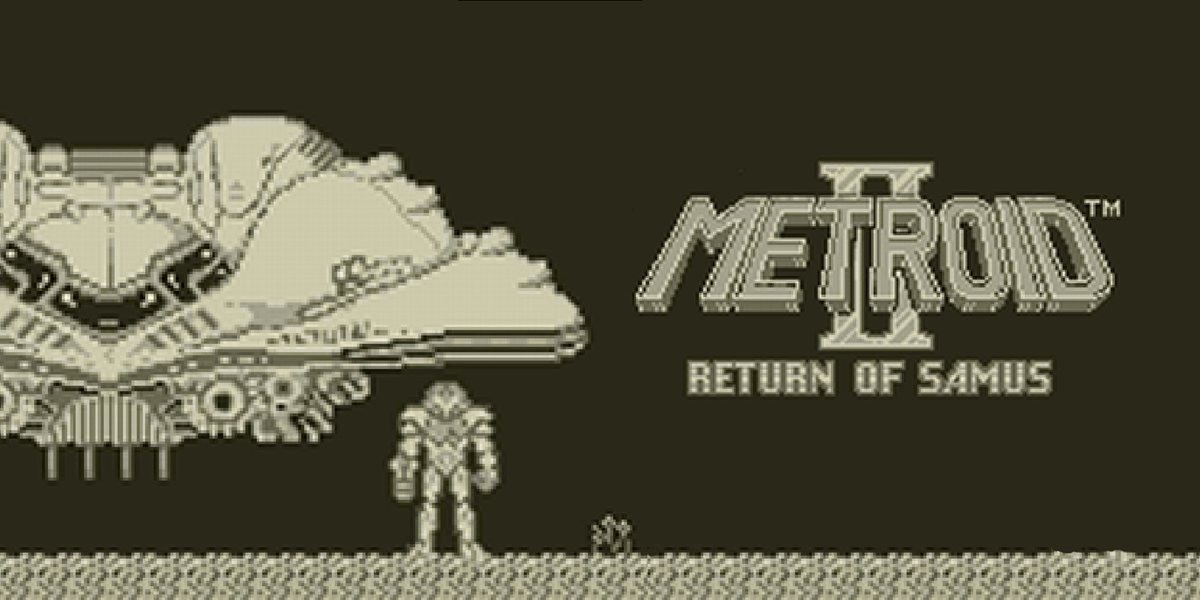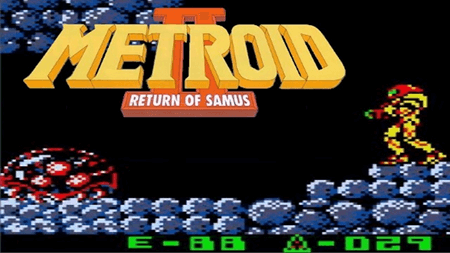Metroid 2 Return Of Samus ROM Free Version
Metroid 2 Return Of Samus ROM: Complete Guide, Gameplay, Features, Installation & System Requirements
Introduction:
Metroid 2 Return Of Samus ROM embarks on an intergalactic journey with Metroid II: Return of Samus ROM, a seminal title in the Metroid franchise that continues to captivate retro gaming enthusiasts. Released in 1991 for the Game Boy, this action-adventure game introduced players to the perilous depths of SR388, where Samus Aran confronts the deadly Metroids. Whether you’re revisiting this classic or experiencing it for the first time, this guide offers a detailed exploration of the game, its features, and how to enjoy it on modern devices.
Gameplay:
In metroid ii return of samus rom, players take on the role of the intergalactic bounty hunter, Samus Aran, as she embarks on a mission to eliminate the Metroid species on the alien planet SR388. The game is an action-adventure classic with Metroidvania-style exploration. Where you navigate interconnected areas filled with deadly enemies and challenging puzzles. Players utilize various tools and upgrades, including the Morph Ball, Missiles, and Energy Tanks, to overcome obstacles. The game’s key mechanics include beam upgrades and the need to defeat powerful Metroid forms, such as Alpha, Gamma, and Omega Metroids. With each form defeated, Samus unlocks new areas, allowing for further exploration and progression. The tension and isolation in the game are amplified through its minimalist sound design and atmospheric pixel art. This classic gameplay experience is one that keeps players engaged and invested in Samus’s perilous journey.
Key Features of Metroid 2 Return Of Samus ROM:
- Exploration and Atmosphere: Metroid II: Return of Samus ROM immerses players in the eerie world of SR388. With its minimalist soundtrack, atmospheric design, and labyrinthine layout, it emphasizes isolation and suspense. The dark corridors and shifting environments create a palpable sense of danger. The game’s unique non-linear exploration system encourages discovery and backtracking, setting it apart from other Game Boy ROMs.
- Iconic Power-Ups: Metroid II introduces several power-ups that become core mechanics in the franchise, such as the Morph Ball, Missiles, and Energy Tanks. These are essential for navigating through challenging environments and defeating Metroids in the game. Players will also use the Spider Ball and Spring Ball to access new areas, adding an extra layer of depth to the gameplay.
- Challenging Boss Fights: Each stage introduces a new form of the Metroid, from Alpha to the terrifying Queen Metroid. Each encounter requires specific strategies, testing your skills as a player. These boss fights are pivotal in progressing through the game, with each defeat unlocking a new zone or power-up.
- Battery-Backed Save System: A revolutionary feature for its time, Thus Metroid II offers a save system that allows players to save their progress without the need for passwords. This was a first for the series and provided a seamless experience.
- Emulator Compatibility: The Metroid II ROM runs smoothly on popular Game Boy emulators like VisualBoyAdvance, mGBA, and BGB, ensuring that the game is accessible on modern devices, including PCs, smartphones, and tablets.
What’s New in Metroid 2 Return Of Samus ROM:
While metroid 2 gameboy rom remains a nostalgic classic, several fan-made projects and remakes have added fresh layers to the experience. The AM2R (Another Metroid 2 Remake) brings modernized graphics, smoother controls, and new mechanics to the original ROM, making it a beloved alternative for fans. Additionally, the Metroid: Samus Returns (2017) on the Nintendo 3DS offers a complete overhaul with updated visuals, new power-ups, and Aeion abilities that weren’t available in the original Game Boy release. Therefore 3DS remake introduces free aiming, melee counterattacks, and more accessible gameplay mechanics, which serve as a bridge between the classic and modern Metroid titles. While these remakes present new content, the original ROM retains its unique charm and remains a standout in the Metroid series. Then offering a perfect blend of retro gaming nostalgia and modern enhancements for both new and seasoned players.
Screenshots:
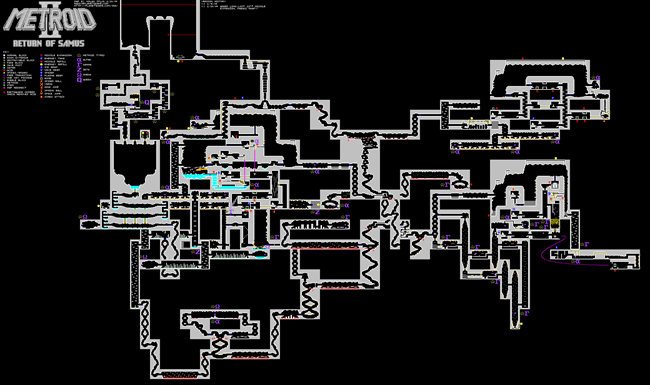
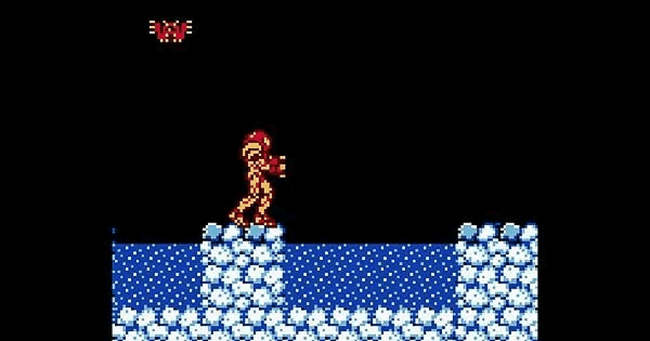
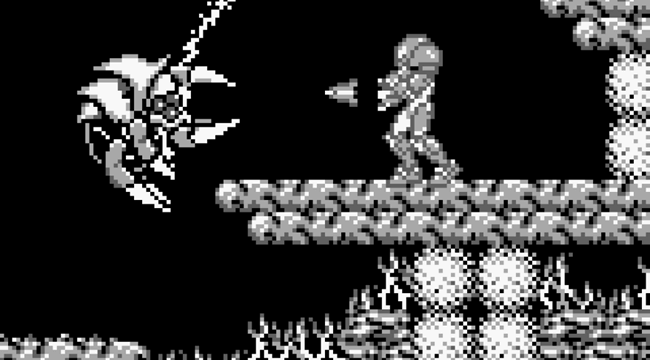
System Requirements:
For Emulation:
- PC: A Windows, macOS, or Linux system with at least 512MB of RAM.
- Mobile Devices: Most modern smartphones can run Game Boy emulators smoothly.
For Flashcarts:
- Hardware: A Game Boy or Game Boy Color system.
- Software: A flashcart like EZ-Flash or EverDrive and a microSD card.
Emulators such as BGB, Gambatte, and mGBA are recommended for PC and mobile play.
How to Install Metroid 2 Return Of Samus ROM:
For PC:
- Download an Emulator: Obtain a reputable Game Boy emulator like BGB or Gambatte.
- Obtain the ROM: Download the Metroid II: Return of Samus ROM from a trusted source.
- Load the ROM: Open the emulator and load the ROM file to start playing.
For Mobile Devices:
- Install an Emulator: Download a Game Boy emulator compatible with your device.
- Transfer the ROM: Move the ROM file to your device.
- Play the Game: Open the emulator and select the ROM to begin.
And for Flashcarts:
- Prepare the Flashcart: Insert a microSD card into the flashcart.
- Transfer the ROM: Copy the ROM file to the microSD card.
- Insert and Play: Thus place the flashcart into your Game Boy system and power it on to play.
Conclusion:
Finally metroid return of samus gameboy stands as a testament to the enduring appeal of classic gaming. Its innovative gameplay, atmospheric design, and challenging mechanics have solidified its place in gaming history. Whether you’re revisiting SR388 or exploring it for the first time, this game offers a compelling experience that continues to resonate with players.

